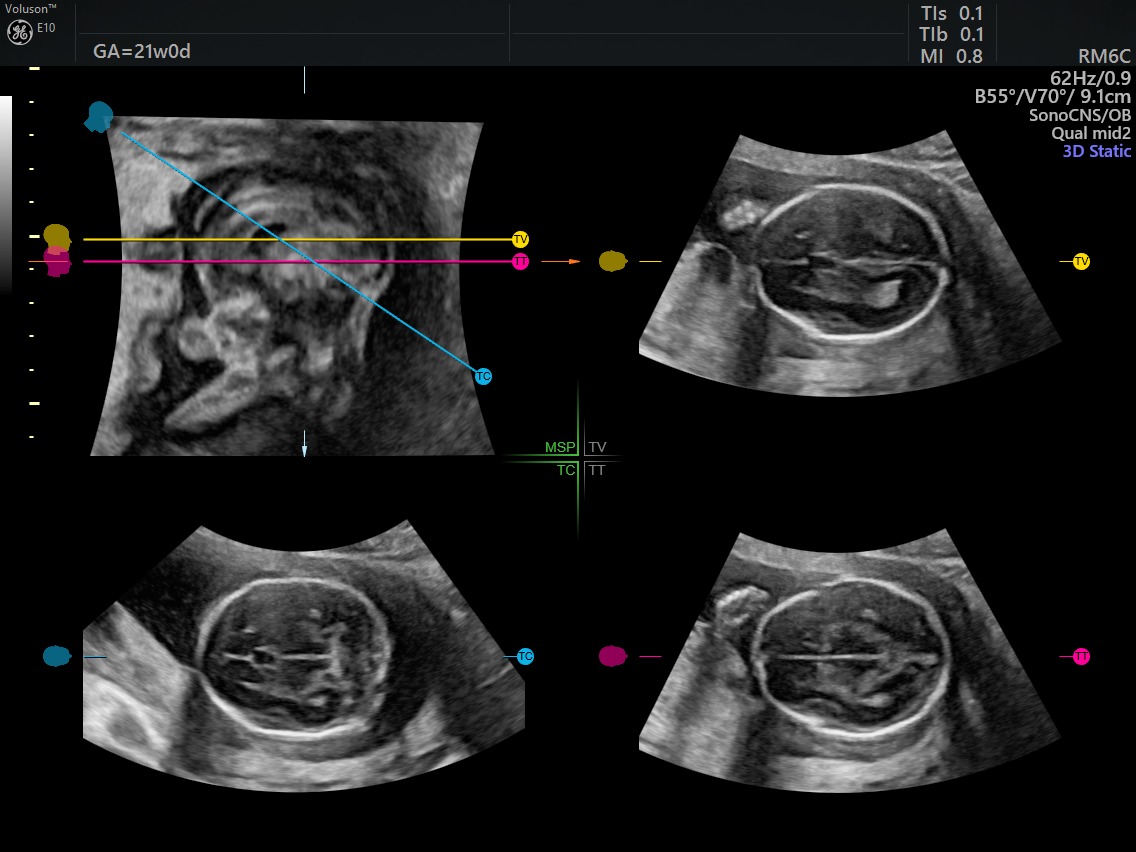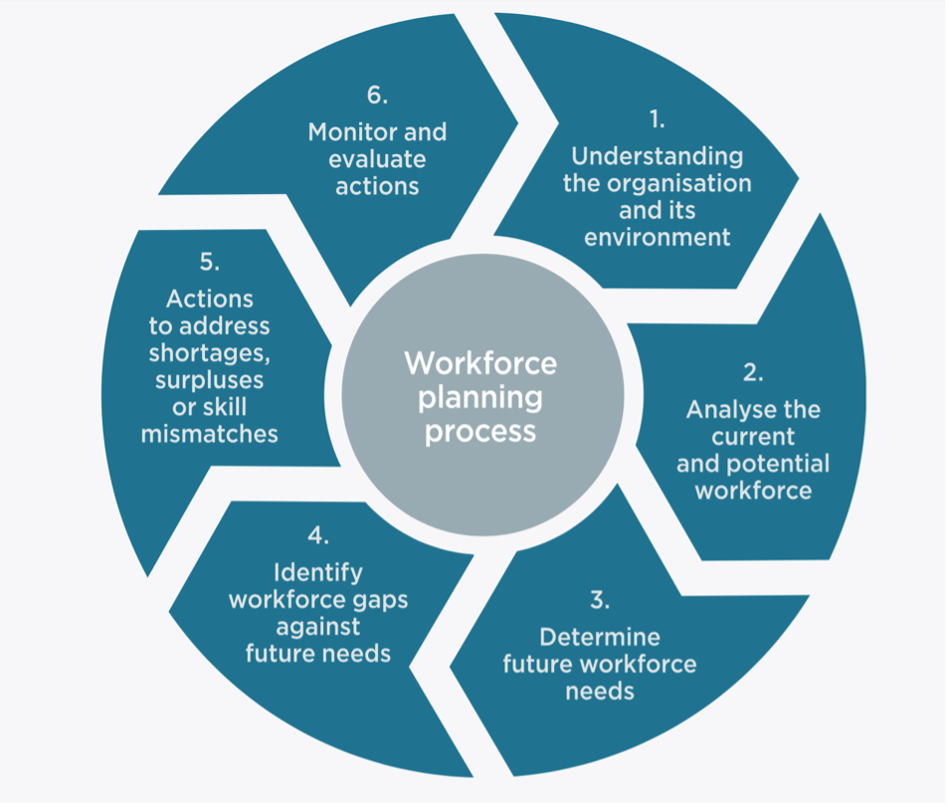OB Technology: Shaping the Future of Work
OB technology, at the forefront of workplace transformation, reimagines how we manage, engage, and optimize human capital. It’s not just about automating HR tasks; it’s about harnessing data-driven insights to […]

OB technology, at the forefront of workplace transformation, reimagines how we manage, engage, and optimize human capital. It’s not just about automating HR tasks; it’s about harnessing data-driven insights to create a more productive, fulfilling, and human-centric work environment.
OB technology encompasses a range of tools and platforms designed to enhance employee engagement, improve performance, and foster a positive work culture. These solutions leverage data analytics, AI, and machine learning to provide real-time insights into employee behavior, identify areas for improvement, and personalize the employee experience.
OB Technology
OB technology, also known as organizational behavior technology, is a rapidly growing field that leverages data and technology to improve employee performance, engagement, and well-being. It goes beyond traditional HR technology by focusing on understanding and influencing human behavior within organizations.
Definition and Scope
OB technology encompasses a wide range of tools and applications that aim to analyze and optimize human behavior in the workplace. These tools leverage data analytics, artificial intelligence, and machine learning to gain insights into employee performance, motivation, communication patterns, and team dynamics.
Differences from Traditional HR Technology
OB technology differs from traditional HR technology in several key ways:
* Focus: Traditional HR technology focuses on administrative tasks, such as payroll, recruitment, and benefits management. OB technology, on the other hand, focuses on understanding and influencing human behavior to improve organizational outcomes.
* Data: Traditional HR technology typically relies on structured data, such as employee demographics and performance metrics. OB technology leverages both structured and unstructured data, including employee interactions, sentiment analysis, and workplace communication patterns.
* Applications: Traditional HR technology primarily supports administrative tasks. OB technology supports a broader range of applications, including performance management, talent development, employee engagement, and organizational culture change.
Examples of OB Technology Tools and Applications
OB technology offers a variety of tools and applications that can be used to enhance organizational effectiveness:
* Performance Management Systems: These systems use data analytics to track employee performance, identify areas for improvement, and provide personalized feedback.
* Employee Engagement Platforms: These platforms allow employees to share feedback, participate in surveys, and connect with colleagues, fostering a sense of community and belonging.
* Learning and Development Platforms: These platforms provide personalized learning experiences, tailored to individual employee needs and career goals.
* Communication and Collaboration Tools: These tools facilitate seamless communication and collaboration among employees, improving team performance and productivity.
* Sentiment Analysis Tools: These tools analyze employee communication and feedback to gauge morale, identify potential issues, and improve overall workplace satisfaction.
Impact on Organizational Culture and Employee Behavior
OB technology can have a significant impact on organizational culture and employee behavior:
* Improved Employee Engagement: By providing personalized feedback, recognizing achievements, and fostering a sense of community, OB technology can boost employee morale and engagement.
* Enhanced Performance: Data-driven insights from OB technology can help identify areas for improvement and provide targeted support, leading to enhanced individual and team performance.
* Increased Productivity: Streamlined communication and collaboration tools, combined with personalized learning and development opportunities, can boost employee productivity and efficiency.
* Positive Culture Change: By analyzing employee sentiment and identifying areas for improvement, OB technology can help organizations create a more positive and inclusive workplace culture.
Applications of OB Technology
OB technology, or organizational behavior technology, is a rapidly growing field that leverages data and analytics to understand and improve human behavior in the workplace. Its applications extend beyond simply collecting data; it involves using insights to enhance employee engagement, improve performance, streamline talent acquisition and development, and cultivate a positive work environment.
Employee Engagement Enhancement
OB technology plays a crucial role in enhancing employee engagement by providing valuable insights into employee sentiment, motivation, and well-being.
- Employee Feedback Surveys: These surveys, powered by OB technology, gather real-time feedback on employee satisfaction, work environment, and management practices. This data helps identify areas for improvement and tailor interventions to address specific concerns.
- Performance Management Systems: OB technology can personalize performance management systems by analyzing individual goals, strengths, and development areas. This allows for targeted feedback, coaching, and training, leading to greater employee engagement and growth.
- Employee Recognition Programs: OB technology can analyze employee contributions and identify those deserving of recognition. By automating recognition programs and personalizing rewards, organizations can foster a culture of appreciation and motivation.
Employee Performance Improvement
OB technology offers powerful tools to improve employee performance by providing data-driven insights and personalized support.
- Performance Analytics: OB technology can track and analyze individual and team performance metrics, identifying areas for improvement and providing actionable insights. This allows managers to focus on specific areas of development and provide targeted support.
- Skill Gap Analysis: OB technology can identify skill gaps within the workforce by analyzing employee performance data and comparing it to industry benchmarks. This enables organizations to develop targeted training programs and skill development initiatives.
- Personalized Learning Paths: By leveraging employee performance data and learning preferences, OB technology can create personalized learning paths tailored to individual needs and career goals. This approach fosters a more engaging and effective learning experience.
Talent Acquisition and Development
OB technology plays a significant role in attracting, retaining, and developing top talent.
- Candidate Screening and Assessment: OB technology can analyze candidate profiles and predict their potential for success in specific roles. This enables organizations to identify the most qualified candidates and make data-driven hiring decisions.
- Onboarding and Training: OB technology can personalize onboarding programs and training materials based on individual learning styles and career aspirations. This approach ensures a smoother transition for new hires and enhances their engagement and productivity.
- Succession Planning: OB technology can analyze employee skills, performance, and career aspirations to identify potential successors for key roles. This proactive approach ensures a smooth transition and minimizes disruption during leadership changes.
Positive Work Environment
OB technology contributes to fostering a positive and inclusive work environment by promoting collaboration, communication, and well-being.
- Team Collaboration Tools: OB technology facilitates communication and collaboration among team members by providing tools for real-time communication, document sharing, and project management. This promotes a more cohesive and productive work environment.
- Diversity and Inclusion Initiatives: OB technology can analyze workforce data to identify areas where diversity and inclusion efforts need to be strengthened. This allows organizations to develop targeted initiatives to create a more equitable and inclusive workplace.
- Employee Well-being Programs: OB technology can track employee well-being indicators, such as stress levels, work-life balance, and burnout risk. This enables organizations to implement programs and policies that promote employee health and well-being.
Benefits of OB Technology
OB technology offers a multitude of benefits for both employees and employers, transforming the traditional workplace and fostering a more productive and engaging environment.
Benefits for Employees
The benefits of OB technology for employees are significant, enhancing their overall work experience and contributing to their professional growth.
- Improved Work-Life Balance: OB technology enables flexible work arrangements, allowing employees to work from anywhere, anytime, and manage their time effectively. This flexibility reduces commuting time and allows for better integration of personal and professional lives, leading to improved work-life balance.
- Enhanced Collaboration and Communication: OB technology facilitates seamless collaboration and communication among team members, regardless of their physical location. Tools like instant messaging, video conferencing, and project management platforms enable real-time interaction, fostering a sense of connectedness and shared understanding.
- Increased Learning and Development Opportunities: OB technology provides access to a vast array of online learning resources, enabling employees to continuously upskill and develop their competencies. This access to knowledge and training programs empowers employees to advance their careers and stay relevant in a dynamic job market.
- Improved Employee Engagement and Motivation: OB technology fosters a more engaging and motivating work environment by providing employees with greater autonomy, control, and opportunities for recognition. By leveraging data analytics and personalized feedback mechanisms, OB technology enables employers to tailor their approach to individual employee needs and preferences, leading to higher levels of engagement and motivation.
Benefits for Employers, Ob technology
OB technology offers a range of benefits for employers, enabling them to optimize their operations, enhance productivity, and create a more competitive advantage.
- Increased Productivity and Efficiency: By automating routine tasks and streamlining workflows, OB technology empowers employees to focus on higher-value activities, leading to increased productivity and efficiency. This optimization of resources allows employers to achieve more with fewer resources, ultimately driving business growth.
- Improved Decision-Making: OB technology provides employers with access to real-time data and analytics, enabling them to make informed decisions based on objective insights. This data-driven approach helps employers identify trends, anticipate challenges, and make strategic choices that align with their business goals.
- Reduced Costs: OB technology can help employers reduce operational costs by automating tasks, streamlining processes, and minimizing the need for physical office space. This reduction in overhead expenses allows employers to allocate resources more effectively and enhance profitability.
- Enhanced Talent Acquisition and Retention: By leveraging OB technology, employers can attract and retain top talent by offering a more modern and engaging work environment. This includes providing flexible work arrangements, access to learning and development opportunities, and personalized feedback mechanisms that cater to individual employee needs and preferences.
Key Metrics for Measuring the Effectiveness of OB Technology
Measuring the effectiveness of OB technology is crucial to ensure its successful implementation and optimize its benefits. Key metrics include:
- Employee Satisfaction: Employee satisfaction surveys and feedback mechanisms provide valuable insights into employee perceptions of the work environment and the effectiveness of OB technology in improving their work experience.
- Productivity and Efficiency: Metrics such as task completion rates, time spent on tasks, and output per employee can be used to assess the impact of OB technology on productivity and efficiency.
- Employee Engagement and Retention: Tracking employee engagement scores, absenteeism rates, and turnover rates provides insights into the effectiveness of OB technology in fostering a positive and engaging work environment.
- Return on Investment (ROI): Calculating the ROI of OB technology involves analyzing the cost savings, increased productivity, and other benefits derived from its implementation. This metric helps justify the investment in OB technology and demonstrate its value to the organization.
Comparison of OB Technology to Traditional HR Practices
OB technology offers several advantages over traditional HR practices, including:
- Greater Efficiency and Scalability: OB technology automates many HR tasks, such as onboarding, performance management, and payroll, freeing up HR professionals to focus on strategic initiatives. This increased efficiency and scalability allows HR departments to handle a larger workload with fewer resources.
- Data-Driven Insights: OB technology provides HR professionals with access to real-time data and analytics, enabling them to make more informed decisions about talent management, employee development, and organizational performance.
- Improved Employee Experience: OB technology empowers employees to manage their own HR processes, such as accessing benefits information, requesting time off, and completing performance reviews. This self-service approach enhances the employee experience and reduces the administrative burden on HR professionals.
Cost-Benefit Analysis of Implementing OB Technology
The cost-benefit analysis of implementing OB technology involves weighing the initial investment costs against the potential benefits and long-term savings.
- Initial Investment Costs: Implementing OB technology requires an initial investment in software, hardware, and training. The cost of these investments will vary depending on the size and complexity of the organization, the specific OB technology solutions chosen, and the level of customization required.
- Potential Benefits: The potential benefits of OB technology include increased productivity, improved employee engagement, reduced costs, and enhanced decision-making. These benefits can translate into significant cost savings, increased revenue, and improved organizational performance.
- Long-Term Savings: By automating tasks, streamlining processes, and improving efficiency, OB technology can generate long-term cost savings by reducing the need for manual labor, eliminating redundancies, and optimizing resource allocation.
Challenges and Considerations

The widespread adoption of OB technology presents various challenges and considerations that must be addressed for its successful and ethical implementation. These challenges encompass ethical considerations, practical implementation hurdles, data privacy concerns, and employee concerns regarding the use of OB technology.
Ethical Considerations
Ethical considerations are paramount when deploying OB technology. The potential for bias, discrimination, and invasion of privacy must be carefully considered.
- Bias and Discrimination: OB technology can perpetuate existing biases if the data used to train these systems is not representative or contains biases. For example, a system trained on data from a predominantly male workforce might make biased decisions regarding hiring or promotion, potentially disadvantaging female candidates.
- Privacy Concerns: The collection and analysis of employee data raise significant privacy concerns. OB technology often involves monitoring employee behavior, performance, and even personal information, which could lead to invasions of privacy if not handled responsibly.
- Transparency and Accountability: Organizations must ensure transparency in how OB technology is used and implement mechanisms for accountability. Employees should be informed about the technology’s purpose, data collection practices, and how their data is used.
Implementation Challenges
Implementing and managing OB technology effectively presents several challenges.
- Data Quality and Accuracy: The accuracy and reliability of the data used to train OB systems are crucial. Inaccurate or incomplete data can lead to unreliable insights and flawed decision-making.
- Integration with Existing Systems: Integrating OB technology with existing HR systems and processes can be complex and time-consuming. Compatibility issues and data migration challenges must be addressed.
- Employee Resistance: Employees may resist the use of OB technology due to concerns about privacy, job security, or perceived lack of control over their data.
- Cost and Resources: Implementing and maintaining OB technology can be costly, requiring significant investments in hardware, software, and specialized expertise.
Data Privacy and Security
Protecting employee data is essential when using OB technology. Organizations must implement robust data privacy and security measures to prevent data breaches and unauthorized access.
Data privacy and security should be paramount in the design, implementation, and use of OB technology. Organizations should adhere to relevant data protection regulations, such as GDPR and CCPA.
- Data Encryption: Encrypting employee data at rest and in transit helps protect it from unauthorized access.
- Access Control: Implement strong access controls to restrict access to sensitive data to authorized personnel only.
- Data Minimization: Collect only the data necessary for the intended purpose and avoid collecting excessive or unnecessary information.
Addressing Employee Concerns
Open communication, transparency, and employee involvement are crucial for addressing employee concerns about OB technology.
- Transparency and Communication: Communicate clearly and transparently with employees about the purpose, functionality, and data collection practices of OB technology.
- Employee Input: Involve employees in the design and implementation of OB technology to address their concerns and ensure the technology aligns with their needs.
- Training and Education: Provide employees with training and education on OB technology to help them understand its benefits and address any misconceptions.
Future Trends in OB Technology

The field of organizational behavior (OB) technology is constantly evolving, driven by advancements in artificial intelligence (AI), machine learning (ML), and other emerging technologies. These advancements are poised to reshape the workplace and create new opportunities for organizations and employees alike.
The Role of Artificial Intelligence and Machine Learning
AI and ML are playing an increasingly significant role in OB technology, enabling organizations to automate tasks, gain deeper insights from data, and make more informed decisions.
- AI-powered chatbots are being used for employee onboarding, training, and performance management. These chatbots can provide personalized support and answer employee questions 24/7.
- Machine learning algorithms can analyze employee data, such as performance metrics, engagement levels, and communication patterns, to identify potential issues and predict future trends.
- AI-driven talent management platforms are emerging, which can help organizations recruit, assess, and develop employees more effectively.
The Potential for OB Technology to Transform the Future of Work
OB technology has the potential to transform the future of work in several ways.
- Increased automation: AI and ML can automate many routine tasks, freeing up employees to focus on more strategic and creative work. For example, AI-powered assistants can schedule meetings, manage calendars, and handle administrative tasks.
- Enhanced employee experience: OB technology can create a more personalized and engaging employee experience. For example, AI-powered learning platforms can provide customized training and development opportunities based on individual needs and preferences.
- Improved decision-making: Data-driven insights from OB technology can help organizations make more informed decisions about talent management, employee engagement, and organizational design.
- Greater agility and responsiveness: OB technology can help organizations become more agile and responsive to change. For example, AI-powered tools can help organizations quickly identify and address emerging workplace challenges.
The Potential for OB Technology to Address Emerging Workplace Challenges
OB technology can play a crucial role in addressing emerging workplace challenges, such as:
- The rise of remote work: OB technology can help organizations manage remote teams effectively, foster collaboration, and maintain employee engagement. For example, AI-powered tools can monitor team performance, facilitate virtual meetings, and provide real-time feedback.
- The increasing demand for skills: OB technology can help organizations identify and develop the skills needed for the future of work. For example, AI-powered learning platforms can provide personalized training and development opportunities based on individual needs and preferences.
- The need for diversity and inclusion: OB technology can help organizations create more inclusive workplaces by identifying and addressing unconscious bias in hiring and promotion processes.
Final Conclusion

OB technology is more than just a trend; it’s a paradigm shift in how organizations view and manage their workforce. As technology continues to evolve, we can expect even more innovative solutions that will empower employees, optimize productivity, and create a more dynamic and rewarding workplace for all.
OB technology is a rapidly evolving field, constantly pushing the boundaries of what’s possible in the medical world. One company leading the way in this area is Fort Technologies , which specializes in developing innovative solutions for OB care.
Their commitment to advancing technology in this critical area helps ensure that healthcare providers have the tools they need to deliver the best possible care for mothers and babies.






